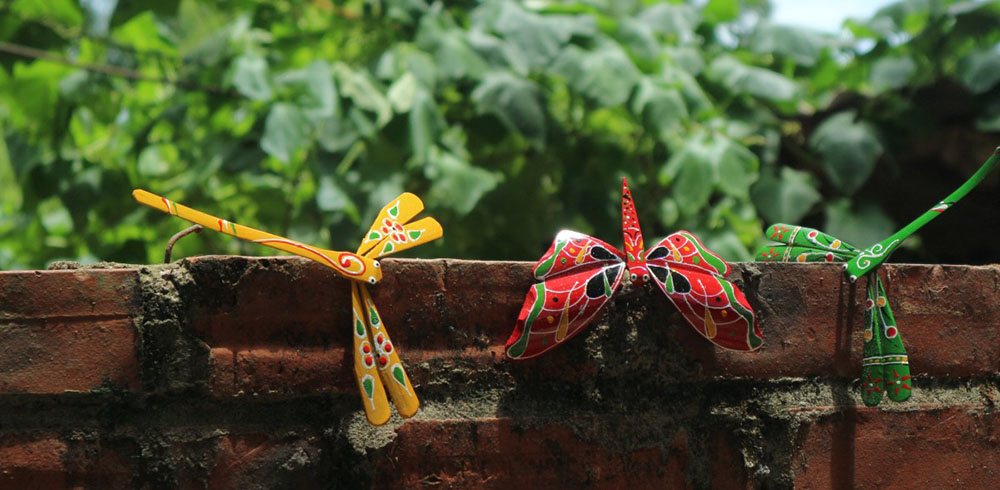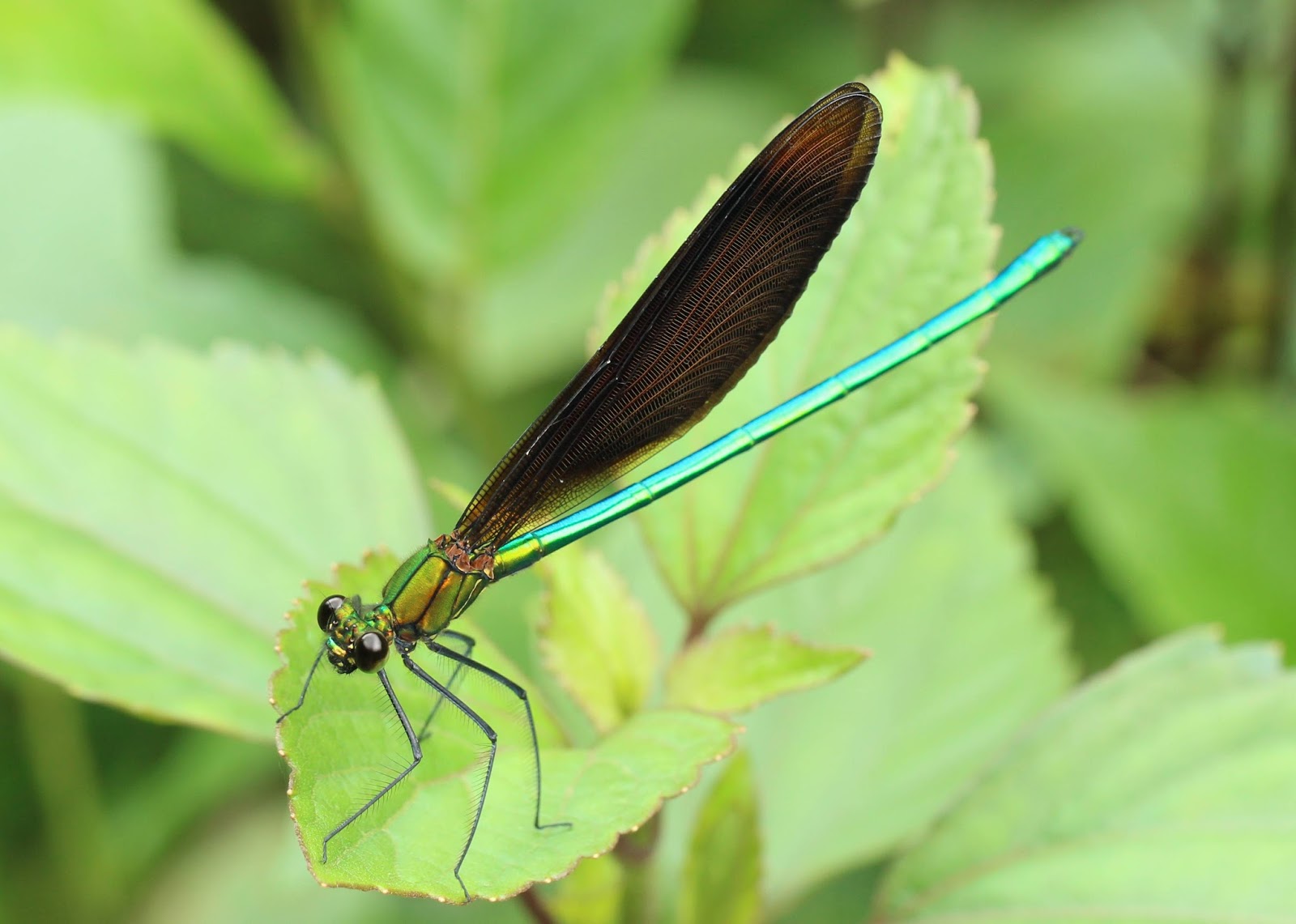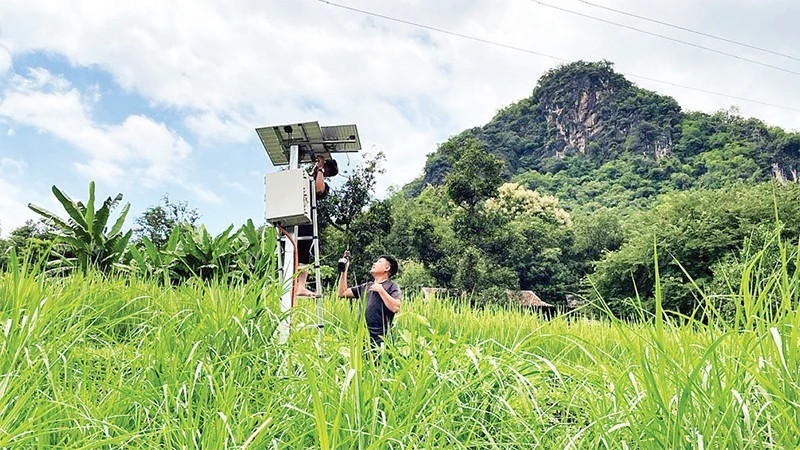In Vietnam, the dual-monsoon country shaped by a mercurial and changing climate, the lines of a sung proverb continue to predict the coming of rain with an accuracy belying its folkloric origin:
“Chuồn chuồn bay thấp thì mưa, bay cao thì nắng, bay vừa thì râm.”
The English translation, retaining its rhythmic cadence and parallel structure, reads:
“Expect rain as the dragonfly flies low; sunshine as they fly high, and clouds as they fly neither low nor high.”
This thread of pre-modern agricultural wisdom has been passed down orally through generations of rural farmers as a way of forecasting the weather based on the behavior of Vietnam’s bountiful dragonfly species. And for a rice-growing people, the anticipation of rainfall is a lifeline.
No surprise then, wrote the late culturalist Hữu Ngọc, that Vietnamese folklore is haunted by the whispers of rain and its accompanying phenomena: clouds, lightning, thunder – and dragonfly.

The science behind the dragonfly forecast
Vietnam has been called one of southeast Asia’s dragonfly hotspots, reportedly home to nearly 500 different species, among which 20 per cent are endemic to the country.
The Vietnamese proverb – easily understood – finds a scientific basis in the anatomy of the dragonfly. “Nothing, neither dragon nor fly, flies quite like a dragonfly,” writes AskNature.
That’s because the delicate insect’s two pairs of thin, long wings are characterized by sensory ribs which are sensitive to atmospheric pressure – a function of temperature and humidity.

So when it’s sunny and the air is dry, the temperature high, and atmospheric pressure low, the dragonfly’s wings stay light and unburdened, enabling higher altitude flight.
In contrast, the air before rain is typically higher in humidity and lower in temperature. The corresponding increase in atmospheric pressure, in combination with the condensation of moist air on the dragonfly’s thin wings, shape conditions more conducive to low flight.
Folklore in a changing climate
Earlier this year, experts warned Vietnam’s 2025 rainy and storm season would be characterized by erratic and highly unpredictable storm and flood events, despite fewer major typhoons such as last September’s deadly Typhoon Yagi.
A spokesperson for the National Center for Hydrometerological Forecasting told local media this year’s rainy season was already showing signs of abnormality.
As the accurate forecasting of extreme weather events becomes a global challenge, many disaster adaptation researchers have taken up the challenge of documenting oral indigenous knowledge and practices to shape a way forward for an Asia-Pacific region which stands to be most affected by this century’s climate crisis.

There’s an understanding that today’s early warning systems might be best shaped by equal measures of leading scientific technology, and the wisdom bequeathed by generations of intimately land-bound folklore.
While the specific origin of Vietnam’s proverbial dragonfly forecast is difficult to trace, its widespread acceptance into common knowledge today speaks of a culture still deeply shaped by the stories and songs of its agrarian past. And in that version of Vietnam, biodiversity and disaster management existed not as compartmentalized concepts, but as integrated parts determinative of life and welfare.
